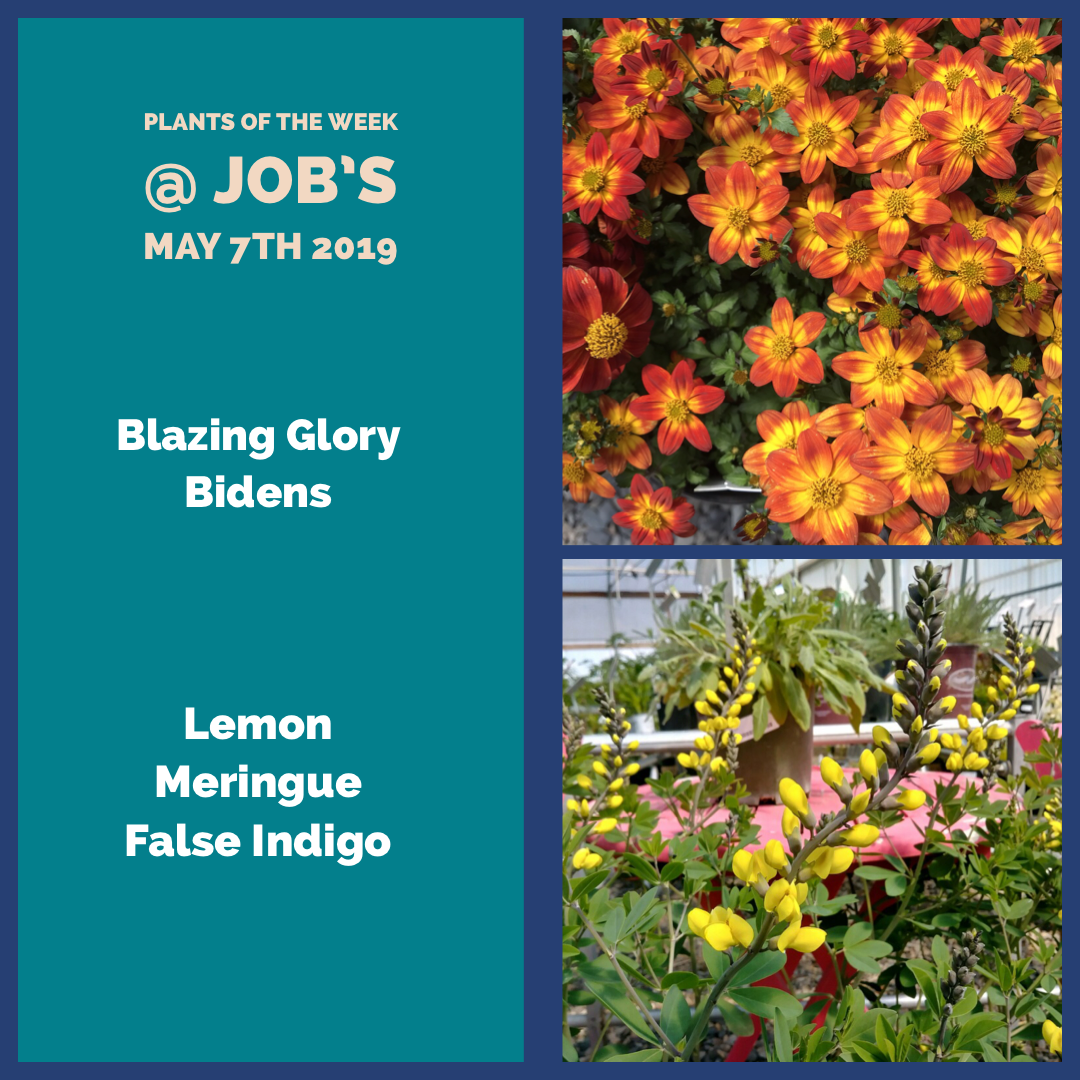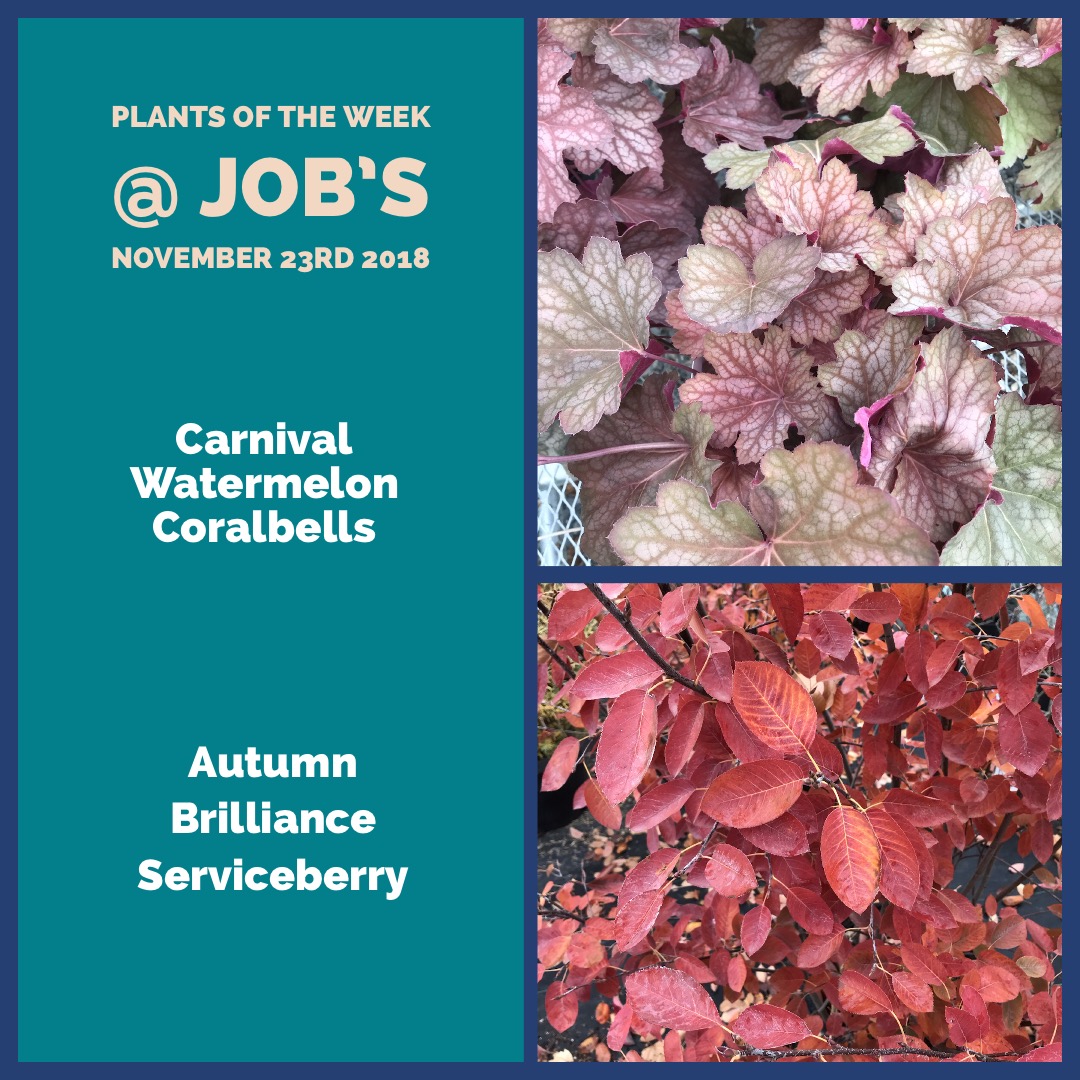Angel Hair Silver Mound is so soft that you cannot resist petting it! This distant relative to Sagebrush is much more yard friendly than it’s cousin because of it’s compact habit and is far less scratchy. It’s grows to 6 to 12 inches tall and about 2 feet wide. Silver Mounds enjoys full sun, exposed areas and well drained soils. In fact they like it on the drier side. These plants work well in front of yarrows, sedums, barberry, junipers and black eyed Susans.
Check out the American Gold Rush Blackeyed Susan! It’s been really showy this summer.
Read More
The Stargazer Lily is a type of Oriental Lily that stands 3 feet tall and 1 foot wide at peak season. The combination of pink and white on it's flower is striking. They have a strong lily fragrance when in bloom in July thru August. It is actually a bulb like a dahlia. They prefer sunny spots but can handle some shade. Use this plant where you need impact and fragrance. It can work in front of larger shrubs or as the focal point in a perennial garden.
Aphrodite Rose of Sharon is a sun lover like other members of the hibiscus family. They grow to about 8 to 12 feet tall and 6 feet wide. It is one of the first varieties of Rose of Sharons to be mostly seedless and sterile. Rose of Sharons have a long bloom season of July through September. Aphrodite has clear pink and red centered flowers. They can be used as part of hedge combination that alternates between an evergreen for a little more interesting privacy barrier. Or a tall focal point that attracts pollinators!
This week’s featured plants both have contrasting colors that draw the eye to them!
Read More
The Pink Flowering Almond is an old time spring bloomer. Simple cherry blossom-like flowers in April cover the branches. They grow to 5 to 6 feet tall and wide. They enjoy full sun to partial shade. I would use this as a backdrop plant because after it blooms it’s a plain green shrub and pairs well summer bloomers like daylilies, spirea, salvia, barberry or panicle hydrangeas.
Diana Clare Lungwort is a afternoon shade loving perennial that can brighten up shady areas with it’s frosted green leaves. It’s doesn’t grow very tall about 1 foot. This allows it to go in front of Japanese Maples, Hydrangeas or Hinoki Cypress. In spring it blooms a rich blue blooms adding another level of interest.
This week’s featured plants shine bright all winter long providing color when there is not. Both of these handle full hot sun!
Winter Sun Pine is a type of mugo that reaches 6 feet tall and 4 feet wide. In the warmer months it’s a standard pine green but come winter it’s an electric yellow. It’s very cold hardy and tough to handle our hot summers. Winter Sun Pine works well for along a fence or house corner for a winter focal point. This would work well with redtwig dogwoods, or blue spruces for winter interest.
Golden Sword Yucca are great for hot sunny spots. They get 3 to 4 feet tall and 5 feet wide. White bell shaped flowers appear in the late spring. The yellow variegated blades pair well with russian sage, lavender, ornamental grasses, red barberry or mugo pines.
The snow is gone and here somethings that are in bloom! Helebores prefer afternoon shade (12 to 5) to all day shade. They enjoy alkaline soils making our area very welcoming to them. These perennials flower from January to March, this year of course it was March to April. Helebores are great for in front of Hostas Hydrangeas, Hinoki Cypresses and Rhodies. They also contrast Hostas and Coral bells well too with their dark green foliage. Maintenance for them is easy. Simply fertilize, cut out spent blooms and remove older leaves.
Camelot is pink one that reaches 12 to 15 inches tall and 20 inches wide. It starts with pink buds and opens to pink cream.
Double Fantasy is a double white that grow to 8 to 12 inches and 16 inches wide. The clean white is striking.
Here is a video from Garden Answers going over Helebores.
Our soils are alkaline (pH above 7) because of the areas low annual rainfall and the lack of organic matter. Alkaline soil can be problematic to some plants because if the soil pH is too high it makes it hard for some plants to take up vital nutrients. By selecting plants that enjoy these soil conditions it a lot less work to keep them happy. A good looking landscape with minimal effort, is much easier to maintain.
Below is a list of plant families that thrive in alkaline soil with little to no pH adjustments. From here you can find a variety that fits your yards needs and personal taste.
Ornamental Grasses
Maiden grasses
Switch grasses
Feather Reed grasses
Fescue Grasses
Fountain Grasses
Fountain Grasses
Shrubs
Sumacs
Junipers
Hydrangeas (though big leaf varieties are pink in alkaline soils)
Spirea
Barberry
Bluebeard
Forsythia
Lilacs
Butterfly Bush (sterile varieties)
Potentilla
Pines
Juniper
Spruces
Photinia
Ninebarks
Common Snowball Bush
Cistena Plum
Mockorange
Viburnums (Deciduous)
Smokebush
Cotoneaster
Perennials
Lavender
Daylily
Sedum
Candytuft
Daisy
Sages
Hosta
Astilbe
Helebores
Red Hot Poker
Catmint
Russian Sage
Black Eyed Susans
Blanket Flowers
Mums
Asters
Yucca
Yarrow
Trees
Bald Cypress
Serviceberry
Golden Rain Tree
Honeylocust
Pines
Bur Oak
Redpointe Maple
Hedge Maples
Persian Parrotia
Sycamore
Willows
Maackia
Green Ash (Urbanite is resistant to Ash Bore)
Catalpa
The Green Spiral Fir is a small weeping tree, it provides a rich green color to the landscape with great texture. It gives the appearance that the needles spiral out of the trunk. It can handle full sun but needs to have consistently moist soil. Green Spiral reaches 25 feet tall and 15 feet wide with a mounding habit. Use this plant as a focal point and mix with dwarf Hydrangeas, daylilies or bee balm.
Hot and Cold Hot Poker is a hot and dry loving plant. It enjoys full sun and doesn’t mind being in hot gravel. The orange to cream torch flowers appear throughout the summer with deadheading. The flowers also attract pollinators really well. Hot and Cold reaches to 2 to 3 feet tall and wide with the torch flowers rising above grass like foliage. Red Hot Pokers play well with lavenders, yarrows, sumacs and junipers.
The Black Hills spruce is a smaller growing, tough spruce that doesn’t have as sharp of needles as the Colorado Spruce. It’s green color makes a nice specimen for Christmas lights. They grow to 35 to 40 feet tall and 15 to 20 feet wide. It handles all of our area’s landscaping quirk of sun, heat, cold and soil pH.
The Midnight Rose Coral Bells is a dark purple variety with flecks of hot pink that stand out in shade gardens. Coral bells prefer afternoon shade in our area (noon to 5) and would prefer to have well drained soil. In spring it flowers white. Midnight Rose Coral Bells with their dark foliage contrasts well against bright green foliage to yellow foliage plants like hostas, hydrangeas, or astilbes.
Both of these two perennials featured this week are for afternoon shade to total shade spots of the yard. They both enjoy moist soils and have great foliage texture to provide the entire growing season with color.
Firework Rodersia reminds me of something you would see out of Jurassic Park. The large leaf and deep texture would be ideal for craft projects. It grows to about 3 feet tall and 3 to 5 feet wide. In late spring early summer it flower fine pink clusters. The real reason to plant this is the green with bronze edged foliage that contrasts hydrangeas, hinoki cypress or japanese maples.
Praying Hands Hosta is a dwarf hosta that has twisted green foliage. It has this gorgeous golden yellow fall color seen above. It grows to about 14 inches tall and about 2 feet wide. It can be a border plant to a shade garden or a stand alone feature in a bed that is small in stature. Praying Hands is also resistant to slugs!
The Carnival Watermelon Coralbells are great border plants for Tri-City shade gardens. They can play well with Hostas and contrast well with Hydrangeas. Carnival Watermelon reaches 12 inches tall and 2 feet wide. The foliage ranges from a frosted peach to a copper purple. It’s does best with afternoon shade in the Mid Columbia because they don’t enjoy getting dry. In mild winters it is an evergreen as well.
The Autumn Brilliance Serviceberry is a large growing shrub or small tree. It has with spectacular fall color with reds and oranges. They grow to about 20 to 25 feet tall and wide. In the spring they flower white. In summer develop purple black berries that are great for bird habitat. You can also make jams and jellies with them. Autumn Brilliance works great to provide a screen when in shrub form. Or as a small shaped tree with irregular branching. Handles full sun to part shade conditions.


















